Arctic ‘Is Set to Reach 13°C by 2100′
Scientists in the U.S. expect the rise in temperature in the Arctic by the end of the century will be more than six times greater than the globally agreed safety threshold.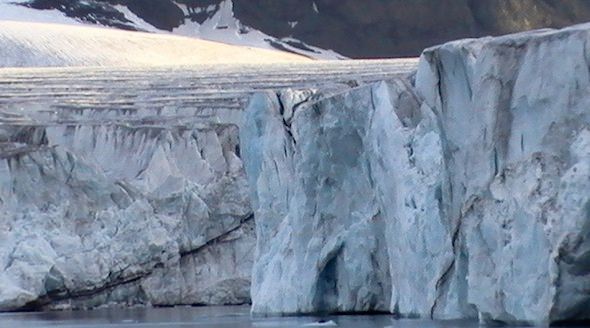
By Alex Kirby, Climate News NetworkThis piece first appeared at Climate News Network.
LONDON — US scientists say that by the end of this century temperatures in the Arctic may for part of each year reach 13°C above pre-industrial levels. Global average temperatures have already risen by about 0.8°C over the level they were at in around 1750.
The Intergovernmental Panel on Climate Change said in its 2013 Fifth Assessment Report that it thought the probable global temperature rise by 2100 would be between 1.5 and 4°C under most scenarios. Most of the world’s governments have agreed the global rise should not be allowed to exceed a “safety level” of 2°C.
But James Overland, of the US National Oceanic and Atmospheric Administration, and colleagues, writing in the American Geophysical Union’s journal Earth’s Future, say average temperature projections show an Arctic-wide end of century increase of 13°C in the late autumn and 5°C in late spring for a business-as-usual emission scenario.
By contrast, a scenario based on climate mitigation would reduce these figures to 7°C and 3°C respectively. The team say they consider their estimates “realistic”, and they have used a large number of models in reaching them.
Ice fall
The Arctic is known to be warming fast, much faster than regions further south. The mean Arctic temperature is 1.5°C higher today than it was between 1971 and 2000, double the warming that occurred at lower latitudes during the same period.
The authors say Arctic sea ice volume has decreased by 75% since the 1980s. Reasons for the rapid warming include feedback processes linked to changes in albedo, which have caused a big drop in the ability of the Arctic’s snow and ice to reflect sunlight back into space.
As they melt they are replaced by darker rock and water, which, instead of reflecting the warmth away from the Earth, absorb it and help to raise the temperature. There are also changes taking place in ocean and land heat storage. These all help to amplify the effect of greenhouse gases in warming the Arctic.
Professor Overland and his colleagues say it is very likely that the Arctic Ocean will become nearly free of sea ice at some seasons of the year before 2050, and possibly within a decade or two. This in turn will further increase Arctic temperatures, economic access (for oil and gas exploitation and by shipping), and ecological shifts.
No agreement
The greenhouse gas emissions mitigation scenario the authors use (known as RCP4.5) assumes atmospheric concentrations of carbon dioxide (CO2) of about 538 parts per million (ppm). Before the Industrial Revolution concentrations were at about 280 ppm, and had changed little over many millennia. They are now at their highest in 15 million years, and rising at about 2 ppm annually, reaching almost 400 pp
Greenhouse gas emissions continue to rise, and so far world leaders have not managed to agree how to reduce them. Their efforts are now concentrated on next year’s UN climate change convention meeting, to be held in the French capital, Paris.
Professor Overland and his colleagues conclude that major changes in the Arctic climate are “very likely” over the decades until 2040, including “several additional months of open water in the Arctic Ocean, ever earlier snow melt, further loss of permafrost, increased economic access, and dramatic impacts on ecological systems.”
They say the large difference in surface air temperatures in the Arctic at the end of the century, which they are confident will happen, “makes a strong case to begin mitigation activities for greenhouse gases”.
Your support matters…Independent journalism is under threat and overshadowed by heavily funded mainstream media.
You can help level the playing field. Become a member.
Your tax-deductible contribution keeps us digging beneath the headlines to give you thought-provoking, investigative reporting and analysis that unearths what's really happening- without compromise.
Give today to support our courageous, independent journalists.
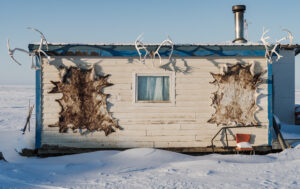
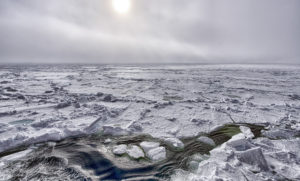
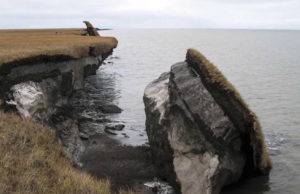

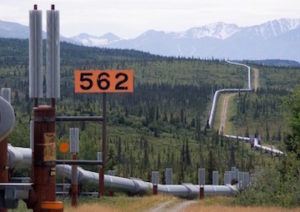

You need to be a supporter to comment.
There are currently no responses to this article.
Be the first to respond.